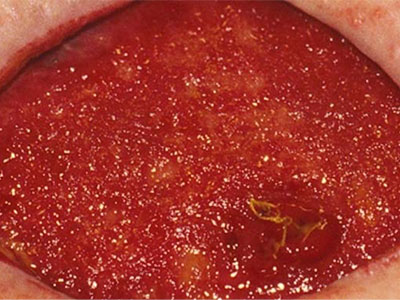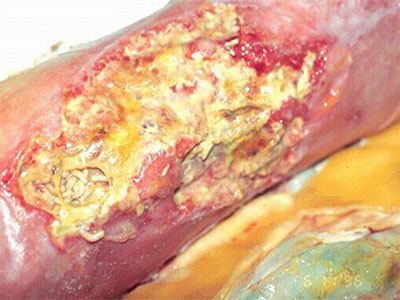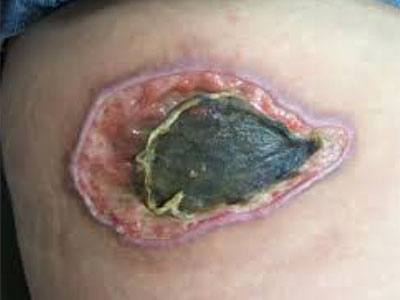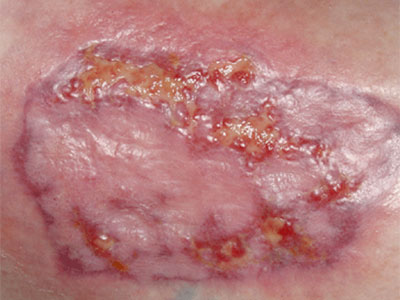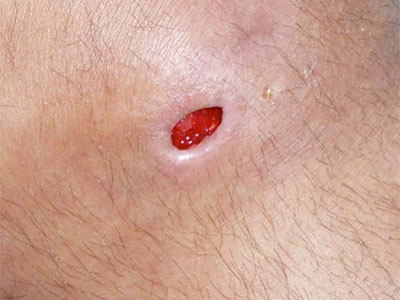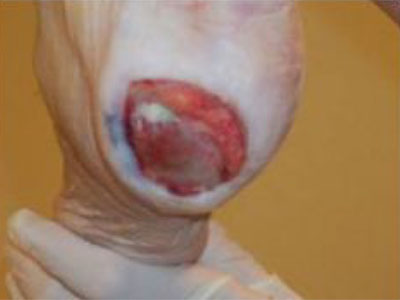AHP Care Manager John Scruton Takes on New Role at Women’s Health Practice
April 24th, 2019 | ArchiveBelow, John Scruton, MPH, BSN, RN, shares how his new role as population health coordinator at Women’s Health Practice will impact the AHP network:
At the beginning of April, 2019, I stepped into the exciting role of population health coordinator at Women’s Health Program (WHP) on 125 Lattimore Road in Rochester, NY.
Explaining the Role
This role came into being under a partnership among UR Medicine Women’s Health Practice, UR Medicine / DSRIP Program, and Accountable Health Partners. It is part of a larger effort to reduce low birth weight and premature delivery and improve maternal health outcomes through tobacco cessation, depression reduction and prevention and birth spacing for pregnant women.
In the context of this partnership, the population health coordinator provides training and support for implementation of team-based care, improved workflows, and education on integrated care models.
A little over two weeks in, this role has involved immersing myself in the clinical and administrative flow of providers, practice staff, and other stakeholders. In a word, I am functioning as an orchestra leader of nascent and existing lines of service, learning and optimizing use the various instruments involved in the provision of care at WHP.
The Impact in the AHP Network
If I might quote WHP Medical Director, Ellen Tourtelot, on the practice context and her assessment of the impact of this role, she wonderfully portrays the vision of the partnership described above
“University of Rochester Medical Center Women’s Health Practice (WHP) is a safety net obstetrics and gynecology practice serving low income women in the Rochester area. Many of our patients live in the “crescent” area of Rochester where there are 12.4 infant deaths per 1000 live births as compared to 5.9 deaths per 1000 live births in the USA and 4.6/1000 live births in NYS and 6.4/1000 live births in
Monroe County. Little progress has been made in reducing the mortality rate, but the more than double the national rate in the crescent is unacceptable. Additionally the gap in mortality rates continues to widen between African American and White infants. (Malnory & Johnson, 2011) A robust Perinatal Medical Home care management infrastructure will help to integrate better perinatal clinical care (smoking cessation, breast feeding education, nutrition education, depression screening, keeping more appointments) with existing Social Work, Community Based programs, including Baby Love and Nurse Family Partnership. The Perinatal Medical Home care management infrastructure will also help integrate perinatal clinical care with existing Women’s Behavioral Health efforts to try to decrease low birth weights and infant mortality rates and improve health of both women and babies.”
Malnory, M. E., & Johnson, T. S. (2011). The reproductive life plan as a strategy to decrease poor birth outcomes. J Obstet Gynecol Neonatal Nurs, 40(1), 109-119; quiz 120-101. Retrieved from https://www.ncbi.nlm.nih.gov/pubmed/21309093.








